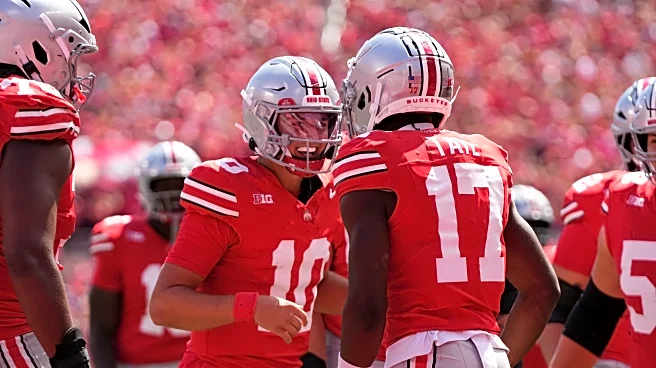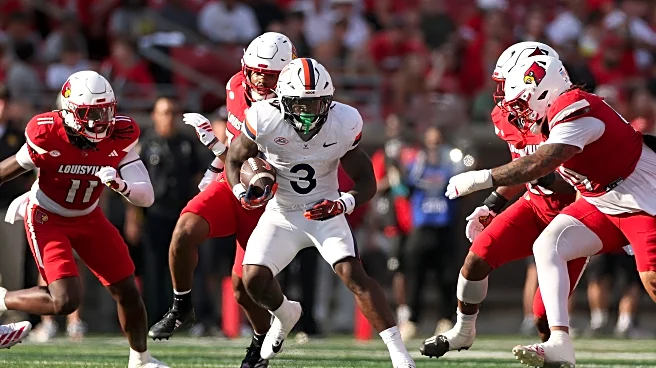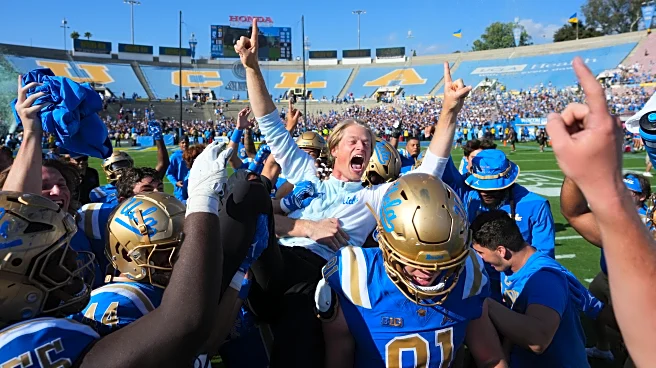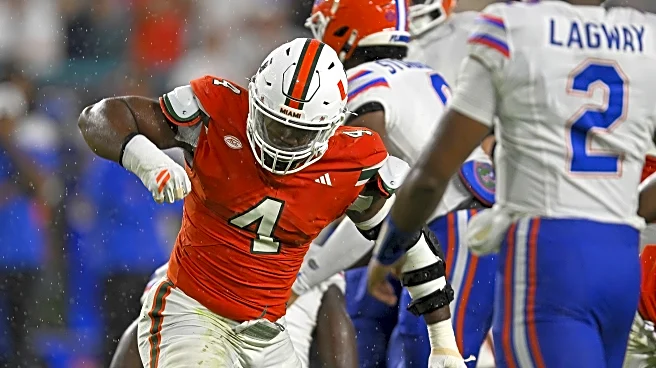Ohio State’s recruiting ledger took a sudden hit this week when 2026 tight-end commit Corbyn Fordham announced he’d flipped his pledge to Florida State, leaving the Buckeyes without a tight end in the 2026 cycle
and forcing Keenan Bailey’s staff into a short, high-stakes scramble.
The flip isn’t catastrophic. Ohio State’s on-roster tight end room in 2025 is deep and functional, but the timing matters. With early signing day approaching and roster needs still to be balanced, Ohio State must decide whether to chase a late flip, pour resources into the transfer market, or open fresh offers to high-school prospects before December.
Fordham’s decision was not exactly a shock to recruiting insiders; his family ties to Florida State and regional pull made FSU a natural suitor. Still, the practical consequence is immediate; the Buckeyes’ 2026 class loses a commit and now has zero committed tight ends in the cycle, trimming both depth and positional insurance heading into next year. That snapshot matters because Ohio State has traditionally prioritized positional balance, and keeping the pipeline stocked at TE has been part of its roster construction philosophy.
That said, context is important. On the field in 2025, Keenan Bailey already has the kind of depth at tight end that college programs covet. Will Kacmarek’s physical inline blocking, Max Klare’s receiver-type traits, Bennett Christian and Jelani Thurman’s matchup versatility, plus freshman Nate Roberts’ H-back/fullback utility. Those veterans blunt the immediate roster risk; the Buckeyes aren’t walking into 2026 thin at the position from a game-ready standpoint. The recruiting loss is about the future pipeline and roster insurance across attrition, transfers, and NFL exits, not about the offense collapsing next fall.
So, how urgent is the problem? Moderate. With early signing day less than three months away, Ohio State needs to add at least one tight end to the 2026 class to keep scholarship math comfortable and long-term depth predictable. That urgency explains why Keenan Bailey and the staff have pivoted immediately to late-cycle options, both flipping committed prospects at other schools and scouting the transfer portal, rather than waiting to fill the need quietly in January. Recruiting teams know December can be unkind; late flips and last-minute offers are the currency of closing cycles.
The most visible and ambitious play is the attempt to flip an already-committed high-upside tight end. Ohio State is actively pursuing Mack Sutter, a 4-star tight end who committed to Alabama in June and who was long linked to the Buckeyes during the spring and summer evaluation cycle. Sutter’s profile, size, route polish, and room to grow make him an attractive target, and OSU’s staff reportedly has kept the relationship warm, with Keenan Bailey traveling to see Sutter in Illinois earlier in the fall. It’s a Hail Mary in practical terms. Alabama is a tough roster to pull a commit from, but late flips of high-profile players are a regular part of modern recruiting.
If the Sutter path is long odds, there are several other, more pragmatic avenues. First, flip candidates who are already committed elsewhere but have more plausible OSU fits. Ohio State could credibly court several different tight end prospects in the coming weeks who may be committed elsewhere but may still have some interest in the Buckeyes, and who may be open to changing their mind. That strategy buys Ohio State time, because the staff can court multiple players simultaneously and convert one or two before the signing window.

Second, Ohio State can go portal-first. The Buckeyes have shown in 2025 that they can add workable, impact pieces through the transfer market (Max Klare himself is a door-to-door example), and the portal has become a realistic route to replenish thin recruiting cycles fast. A veteran FBS tight end coming via portal would be immediately useful as depth and could even compete for game snaps in 2026. The caveat is, portal TEs who are proven to be receiving threats and good blockers are game-changers, but can be expensive in NIL leverage and may prefer situations where they can start immediately. Ohio State’s NIL market and program profile still make it a credible portal destination, but the staff must be selective and quick.
Third, the Buckeyes can extend new offers to high-school prospects who are currently uncommitted or in later stages of decision-making. That means leaning on campus visits, game-day hosting, and last-minute in-home pushes, the classic late-cycle play. This path is lower-risk financially but requires the coaches to find a player with both the physical profile and the willingness to join a crowded, high-expectation environment.
What does this mean for Ohio State’s recruiting class and strategy? Losing a commit does dent class depth and forces a reallocation of recruiting bandwidth at a time when staff attention is split across evaluations, current-season prep, and late-cycle flips.
Still, the Buckeyes remain a national power with a strong 2026 foundation. The staff’s real task is to replace Fordham with a prospect who fits the Buckeye template, meaning someone who can block inline, threaten as a seam option, or be developed into an H-back. The program’s pipeline, national brand, NIL resources, and the on-campus showcase opportunities give OSU a strong shot at landing at least one TE before December, whether that’s a flip, portal add, or an uncommitted high-school prospect.

Finally, the human element matters. Keenan Bailey has sold recruits and developed tight ends in the building for years; his room’s depth and on-field execution this season are a recruitment tool in themselves. Coaches will use the current 2025 tight-end room, from Kacmarek’s blocking identity to Klare’s receiving tape and Nate Roberts’ early-career utility, as proof that the position is both a development ladder and a launch pad to the NFL. That message can sway prospects who want both playing-time pathways and pro-style development. The recruitment will be as much about opportunity and fit as it is about roster math.
The bottom line is, Corbyn Fordham’s flip to Florida State is an annoyance and a short-term scramble for Ohio State; it removes a committed tight end from the 2026 class at a delicate moment, but it is not a program-level emergency. The Buckeyes possess on-roster depth and recruiting horsepower to close the gap. Over the next four to eight weeks, the staff’s moves will tell the story. A successful late flip (Mack Sutter or another), a smart portal add, or the quick signing of a high-school target will erase the worry and restore balance. If the Buckeyes fail to add at least one TE by signing day, the hole will be harder to patch, and the program will have to lean even more heavily on development and transfers in 2026. For now, Ohio State is reacting, and if history is any guide, they will be aggressive in pursuit of a solution.












